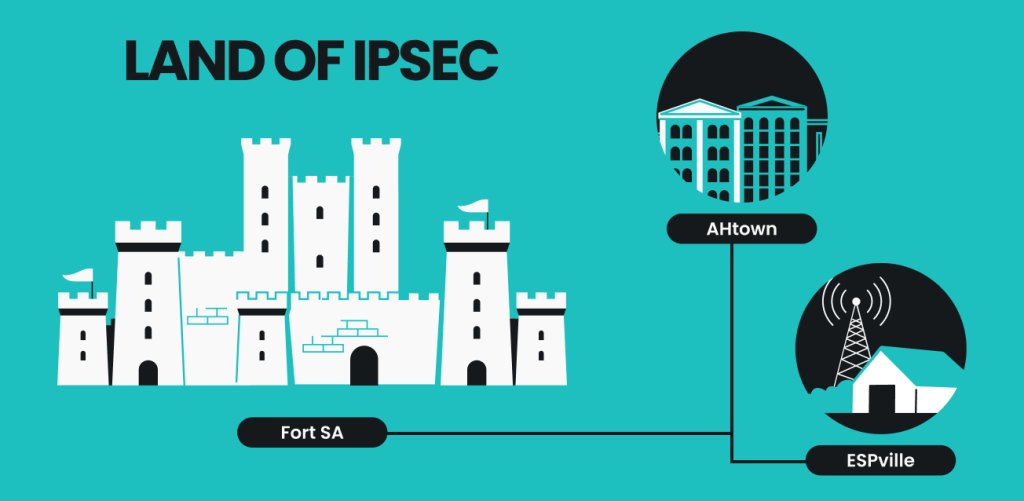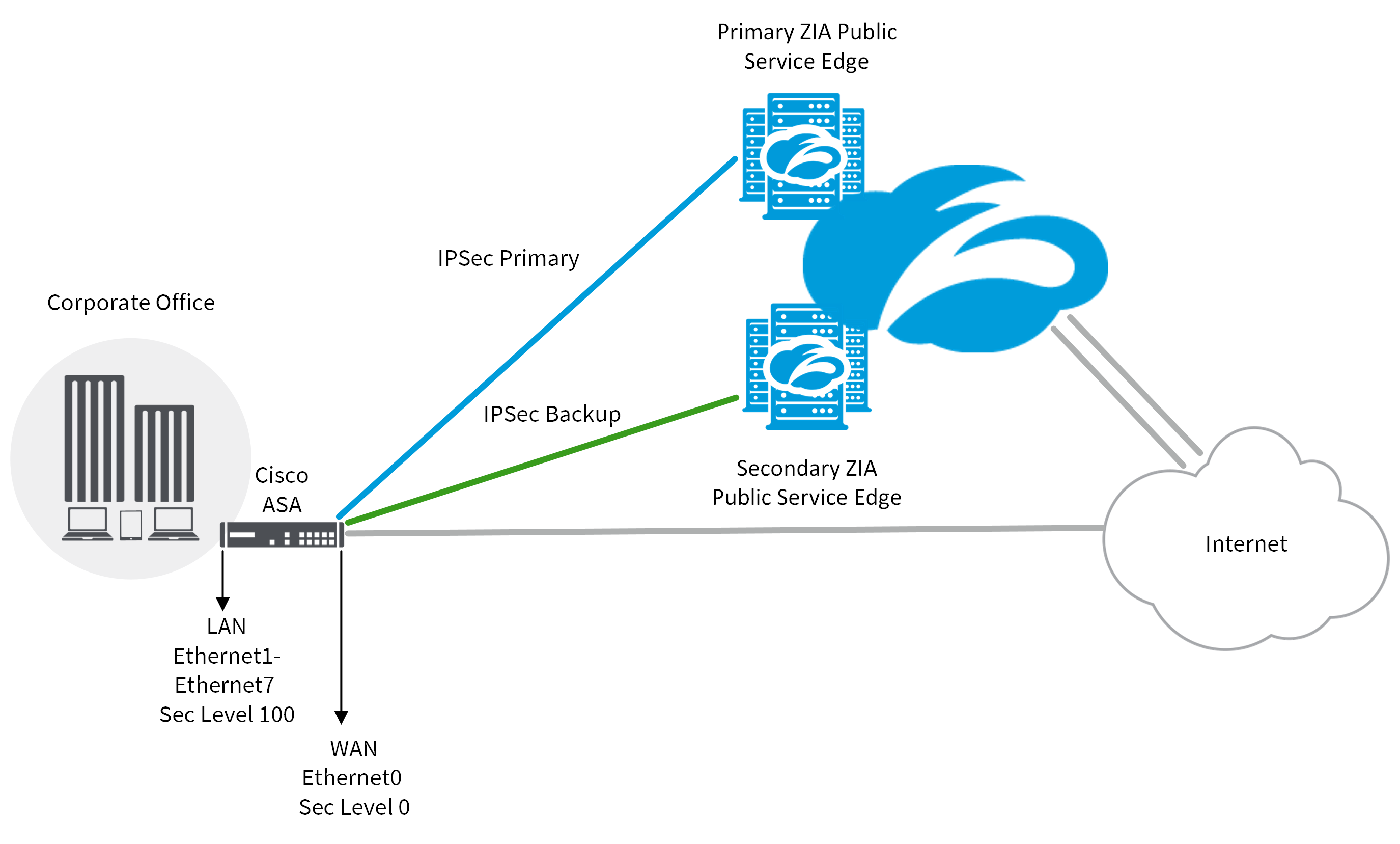Featured
Table of Contents
How Does A Vpn Work? Advantages Of Using A Vpn
IPsec verifies and secures data packages sent over both IPv4- and IPv6-based networks. IPsec protocol headers are discovered in the IP header of a package and define how the data in a package is managed, including its routing and delivery throughout a network. IPsec includes a number of elements to the IP header, consisting of security information and several cryptographic algorithms.

ISAKMP is specified as part of the IKE protocol and RFC 7296. It is a framework for essential facility, authentication and settlement of an SA for a protected exchange of packets at the IP layer. To put it simply, ISAKMP specifies the security parameters for how two systems, or hosts, interact with each other.
They are as follows: The IPsec procedure starts when a host system recognizes that a package requires defense and needs to be transmitted utilizing IPsec policies. Such packets are thought about "intriguing traffic" for IPsec functions, and they activate the security policies. For outbound packets, this indicates the appropriate encryption and authentication are used.
What Is Ipsec Protocol? How Ipsec Vpns Work
In the second action, the hosts utilize IPsec to work out the set of policies they will use for a secured circuit. They likewise confirm themselves to each other and established a secure channel between them that is used to work out the method the IPsec circuit will encrypt or confirm data sent out throughout it.

A VPN essentially is a personal network implemented over a public network. VPNs are typically utilized in services to allow staff members to access their business network from another location.
Typically used between safe network gateways, IPsec tunnel mode makes it possible for hosts behind one of the entrances to communicate safely with hosts behind the other entrance. For example, any users of systems in an enterprise branch workplace can safely link with any systems in the main workplace if the branch workplace and main workplace have safe gateways to act as IPsec proxies for hosts within the particular workplaces.
Overview Of Ipsec
IPsec transport mode is utilized in cases where one host needs to interact with another host. The two hosts work out the IPsec circuit directly with each other, and the circuit is usually taken apart after the session is complete. A Safe And Secure Socket Layer (SSL) VPN is another technique to protecting a public network connection.
With an IPsec VPN, IP packets are protected as they travel to and from the IPsec entrance at the edge of a personal network and remote hosts and networks. An SSL VPN safeguards traffic as it moves in between remote users and an SSL entrance. IPsec VPNs support all IP-based applications, while SSL VPNs only support browser-based applications, though they can support other applications with customized development.
See what is finest for your company and where one type works best over the other.
Unifi Gateway - Site-to-site Ipsec Vpn
Each IPsec endpoint validates the identity of the other endpoint it desires to communicate with, guaranteeing that network traffic and information are only sent out to the intended and permitted endpoint. Regardless of its great energy, IPsec has a couple of issues worth discussing. Direct end-to-end communication (i. e., transmission approach) is not always readily available.
The adoption of numerous regional security policies in large-scale distributed systems or inter-domain settings may pose severe problems for end-to-end communication. In this example, presume that FW1 requires to check traffic material to spot invasions and that a policy is set at FW1 to deny all encrypted traffic so regarding enforce its content inspection requirements.
Users who utilize VPNs to from another location access a private business network are put on the network itself, providing the same rights and functional abilities as a user who is connecting from within that network. An IPsec-based VPN may be created in a variety of methods, depending on the requirements of the user.
Understanding Vpn Ipsec Tunnel Mode And ...
Because these components may stem from various providers, interoperability is a must. IPsec VPNs enable smooth access to business network resources, and users do not necessarily need to use web access (access can be non-web); it is for that reason an option for applications that need to automate communication in both methods.
Its framework can support today's cryptographic algorithms along with more effective algorithms as they become available in the future. IPsec is an obligatory component of Web Procedure Version 6 (IPv6), which companies are actively deploying within their networks, and is strongly advised for Internet Procedure Variation 4 (IPv4) implementations.
It offers a transparent end-to-end secure channel for upper-layer protocols, and executions do not require adjustments to those protocols or to applications. While possessing some drawbacks related to its complexity, it is a fully grown procedure suite that supports a variety of encryption and hashing algorithms and is highly scalable and interoperable.
What Is Ipsec (Internet Protocol Security)?
Like VPNs, there are lots of ways a Zero Trust design can be implemented, however options like Twingate make the process significantly easier than needing to wrangle an IPsec VPN. Contact Twingate today to get more information.

IPsec isn't the most common web security procedure you'll utilize today, however it still has an important role to play in protecting web communications. If you're using IPsec today, it's most likely in the context of a virtual private network, or VPN. As its name indicates, a VPN produces a network connection in between 2 devices over the general public internet that's as safe (or almost as safe) as a connection within a personal internal network: probably a VPN's a lot of popular use case is to permit remote workers to gain access to secured files behind a business firewall as if they were operating in the workplace.
For most of this article, when we say VPN, we imply an IPsec VPN, and over the next several sections, we'll explain how they work. A note on: If you're wanting to establish your firewall to permit an IPsec VPN connection, make certain to open UDP port 500 and IP ports 50 and 51.
Using Ipsec To Protect Data - Ncsc.gov.uk

As soon as this has actually all been set, the transport layer hands off the data to the network layer, which is primarily managed by code running on the routers and other parts that make up a network. These routers choose the route individual network packages take to their destination, however the transportation layer code at either end of the communication chain doesn't need to know those details.
On its own, IP doesn't have any integrated security, which, as we kept in mind, is why IPsec was developed. IPsec was followed closely by SSL/TLS TLS means transportation layer security, and it involves encrypting interaction at that layer. Today, TLS is constructed into practically all web browsers and other internet-connected applications, and is ample protection for everyday web use.
That's why an IPsec VPN can add another layer of security: it includes securing the packets themselves. An IPsec VPN connection starts with establishment of a Security Association (SA) in between two communicating computer systems, or hosts. In general, this includes the exchange of cryptographic keys that will enable the parties to secure and decrypt their interaction.
Latest Posts
Take A Look At 6 Top Vpn Service Providers For Remote Work
Get The Best Business Vpn 2023 - Expressvpn
Nolagvpn - Best Vpn To Get Bot Lobbies In Warzone 2 & Mw2